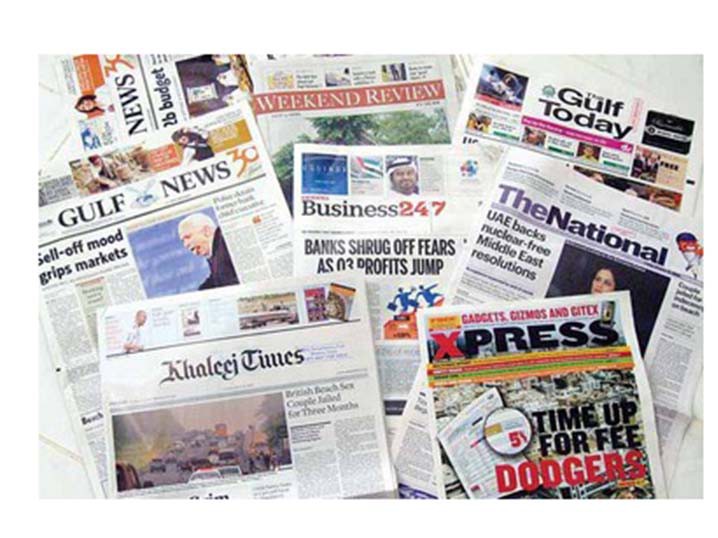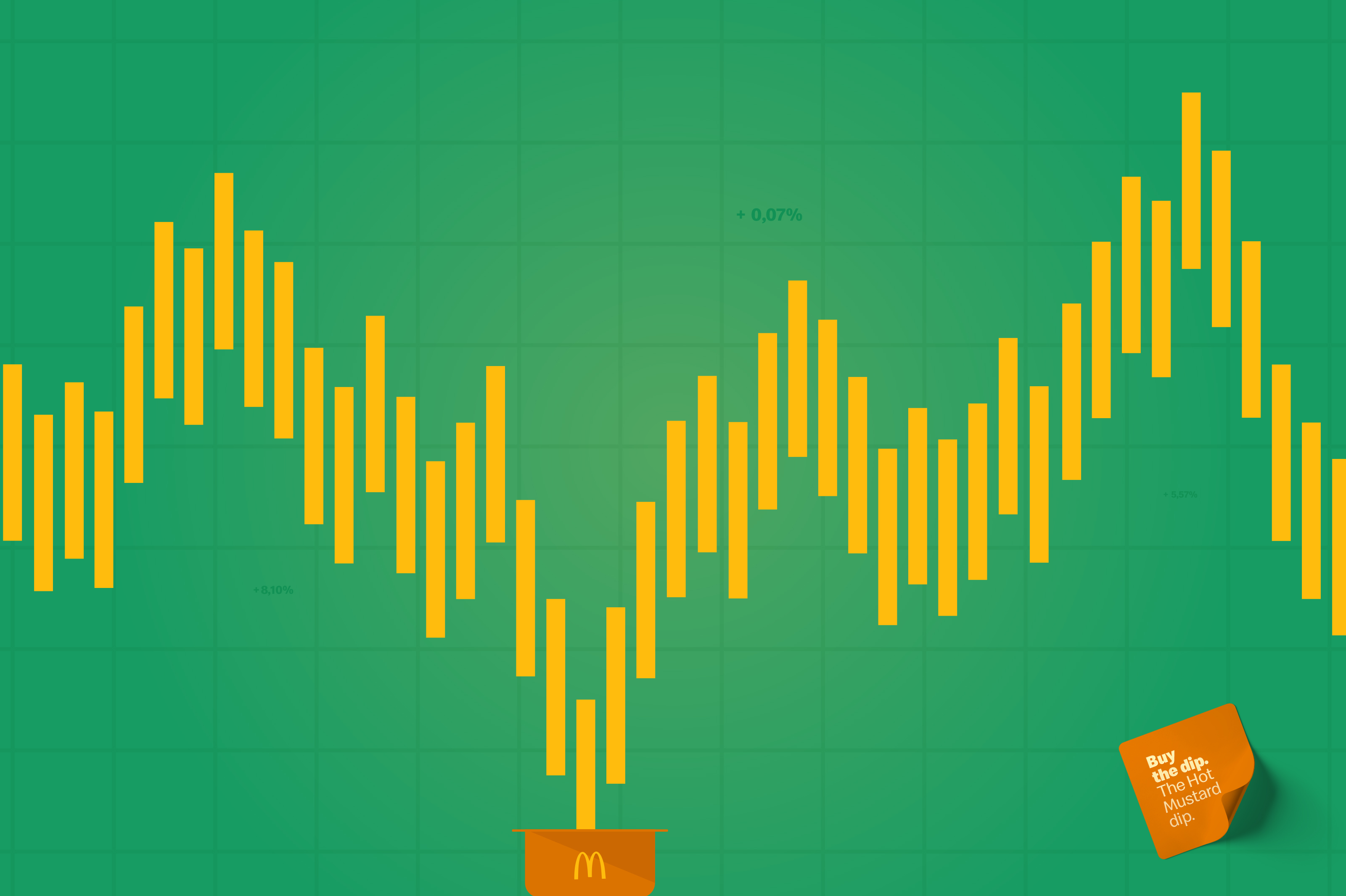News - Advertising
The end of the line for print?
by Iain Akerman
January 10, 2016
.jpg) Advertisement
Advertisement
2016 was not a good year for print media in the UAE. Hardly a week went by it seemed without casualties being added to an ever-expanding list of closures and redundancies. For those working within the industry it was both depressing and stressful, but far from unexpected.
Print advertising spend has been falling for years, with predictions of further drops in 2017. In 2016 alone Zenith predicted newspaper adspend would fall by a third, but magazines are equally as pressured. Recession, the all-consuming behemoth that is the mobile internet, changing media consumption habits and a cluttered market have all contributed to print’s dire year. But none more so, perhaps, than mobile.
In June, Zenith’s Media Consumption Forecasts predicted that the amount of time people devote to using mobile internet globally would increase by 27.7 per cent in 2016, driving a 1.4 per cent increase in overall media consumption. The consumption of all other media – including desktop internet – would decline by 3.4 per cent in total, it said, although television would continue to dominate global media consumption.
The closure of 7Days, the loss of up to 30 jobs at Khaleej Times, redundancies at ITP, earlier cutbacks at Gulf News, and the loss of magazine titles such as Viva have only helped to confirm the predicament that much of the print industry finds itself in: how to remain viable in a digital world?
"Reports of the expiry of the print industry may be premature in our region."
“Last year was particularly painful for print advertising revenues in the UAE and the years before were harder on other GCC markets,” says Amer El Hajj, executive vice president of group trading and commercial managing director at Publicis Media Middle East. “Print sales have steadily plunged year-on-year and advertisers have followed readers online.
“It’s easy to understand why; today’s generation is more inclined to check the latest headlines on their mobile phones rather than picking up a newspaper, while a big number of elders read an online newspaper each day. But reports of the expiry of the print industry may be premature in our region. It is true that [a] few titles are closing and others are downsizing, but this is normal in a downturn economy, which the entire world is witnessing. It is about time we adapt to the new era of single-digit growth in the media industry and acknowledge that poor performing media will close their doors. But that doesn’t mean that well established and great performing publishing houses will surrender to this situation in the near future.”
Whether publishers can halt the decline in revenues and find a way to make their digital operations profitable is the key question faced by the print industry. It’s an issue that has caused the ruin of many media brands globally. It is important to note, however, that, as Zenith stated in its Media Consumption Forecasts, much of the time that consumers spend on the internet is devoted to consuming content that has been produced by traditional publishers and broadcasters.
“The net paper is a monster. It feeds voraciously and is on a 24-hour cycle.
“It’s all very well to talk about website news snatching the baton over from print and that imminent threat sending up red flags of distress to indicate it is the end of the line for traditional papers, but it isn’t really occurring with as anywhere near a smooth transition,” asserts Bikram Vohra, a media consultant and columnist. “For one, web papers are hugely expensive and hungry and cost more to run efficiently and effectively than print.
“The net paper is a monster. It feeds voraciously and is on a 24-hour cycle. Just editorially you need three times the staff and you need good stuff, which comes at a premium. Getting someone to a website is one thing, keeping them there is quite another. The pressure on both is immense because advertising revenue is their lifeblood and when there is a global slowdown media bears the brunt.
“Cutbacks are natural and in today’s scenario we have that chain reaction. If retail is sluggish, budgets get slashed and that means the ads reduce and print goes to the mattresses. Water is leaking faster into the boat than it can be bailed out. To make matters worse, advertising has so completely failed to convince its clients of the untouched options of the net, and while chirping endlessly about its virtues and how it is ‘tomorrow’s obvious choice’, its frontline has no clue about how to give its client max exposure on the net or [how to] assess impact.”
Globally, as El Hajj states, newspapers and magazines have sought alternative revenue solutions, including digital subscriptions, the creation of in-house online TV stations, native advertising, and forays into branded content divisions. But two of the main issues facing the UAE print market are that of poor quality and oversupply.
"7Days wasn’t just a printed paper it was a news source so its closure wasn’t so much a reflection of print dying but of a change in the local market for independent news brands."
Claire England, regional director at John Brown Media, argues that the print landscape has become overcrowded with paid, free and branded magazines and newspapers, and with digital alternatives also vying for space it was only natural to see a drop off.
“The key is to think of content first and the medium second,” says England. “7Days wasn’t just a printed paper it was a news source so its closure wasn’t so much a reflection of print dying but of a change in the local market for independent news brands. By delivering high quality print pieces that work as part of a 360° content delivery, where the reader is at the heart of the message, content creators and their audience will continue to see the value in print.
“An omni-channel approach that balances print, digital, video, social and events is the best approach for loyal engagement. Just as online shopping giants like Amazon have begun to embrace bricks and mortar and record labels have seen a huge resurgence in vinyl, print will never die, it will just be reinvented.”
For Vohra, print must stop hurting itself if it is to survive by creating websites that pre-empt the print equivalent, not imitate it. “The trick for survival lies in making one the news breaker and the other the ‘views maker’ and working with the ad world to generate a new sort of advertising philosophy that shares the spoils for both, not neutralise the income at the expense of each other.
“In the final analysis both must once again pursue excellence and not settle for dross just because technology allows them to dress it up.”




.jpg)



.jpg)




